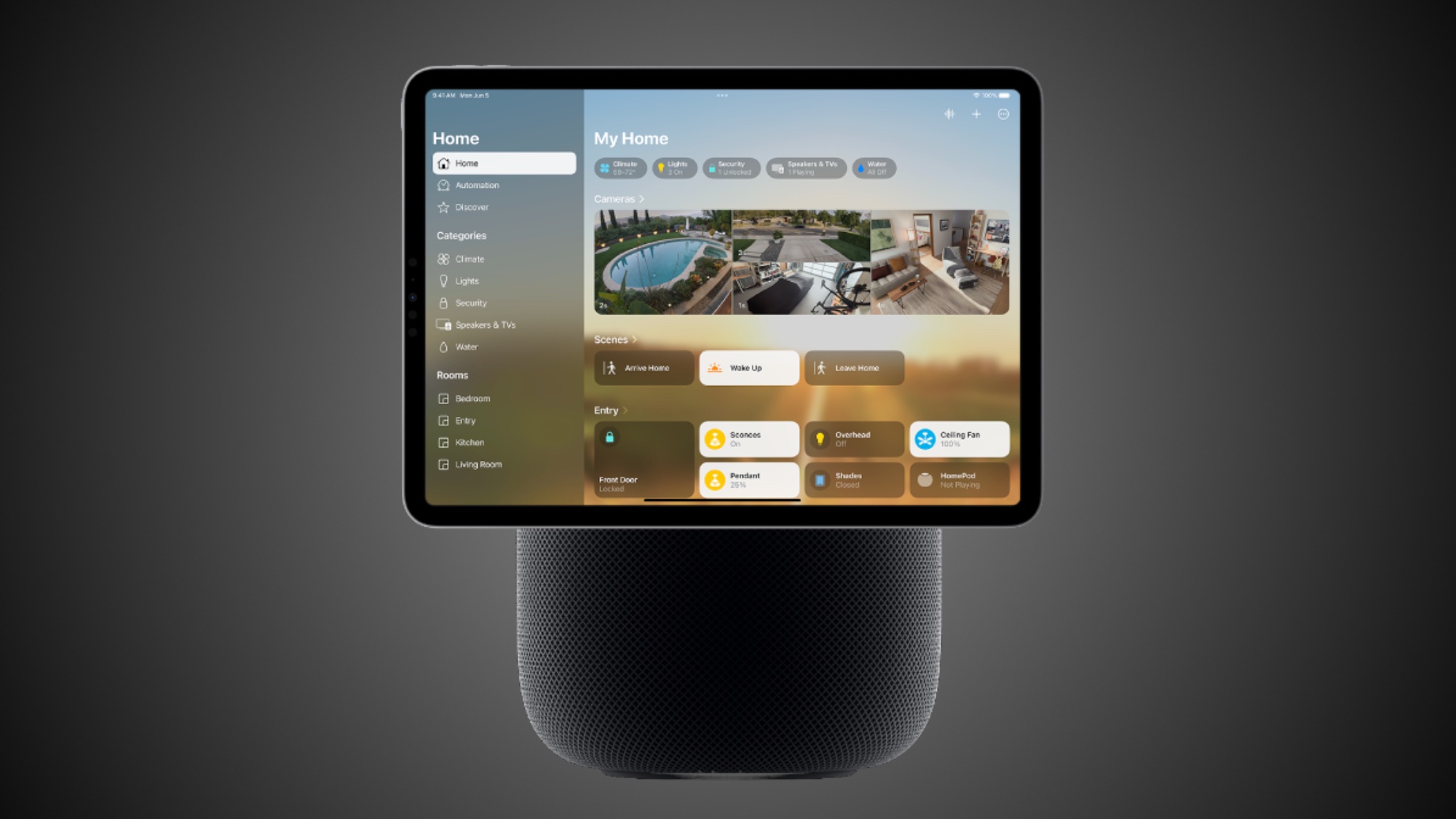I test AI chatbots for a living and these are the best ChatGPT alternatives

With the release of GPT-5, OpenAI has pushed ChatGPT to new heights, delivering smarter, more emotionally aware conversations than ever before. But in such a crowded AI landscape, being first doesn’t always mean being best.
While ChatGPT remains a go-to for many, it’s no longer the only powerful chatbot in town. And when it goes down, it's always nice to have an alternative.
Rivals like Claude, Gemini 2.5 Pro, Perplexity, and Microsoft Copilot have quickly gained ground, offering unique features, faster answers and in some cases, better performance depending on what you need.
Whether ChatGPT is down, feels stale or just isn’t cutting it for a specific task, these alternatives are more than capable. As the competition heats up, it's good to familiarize yourself with all the chatbots and even use them together to get the perfect response.
As someone who tests AI tools daily, I’ve rounded up the best ChatGPT alternatives worth trying right now; all based on hands-on experience.
Best overall: Claude
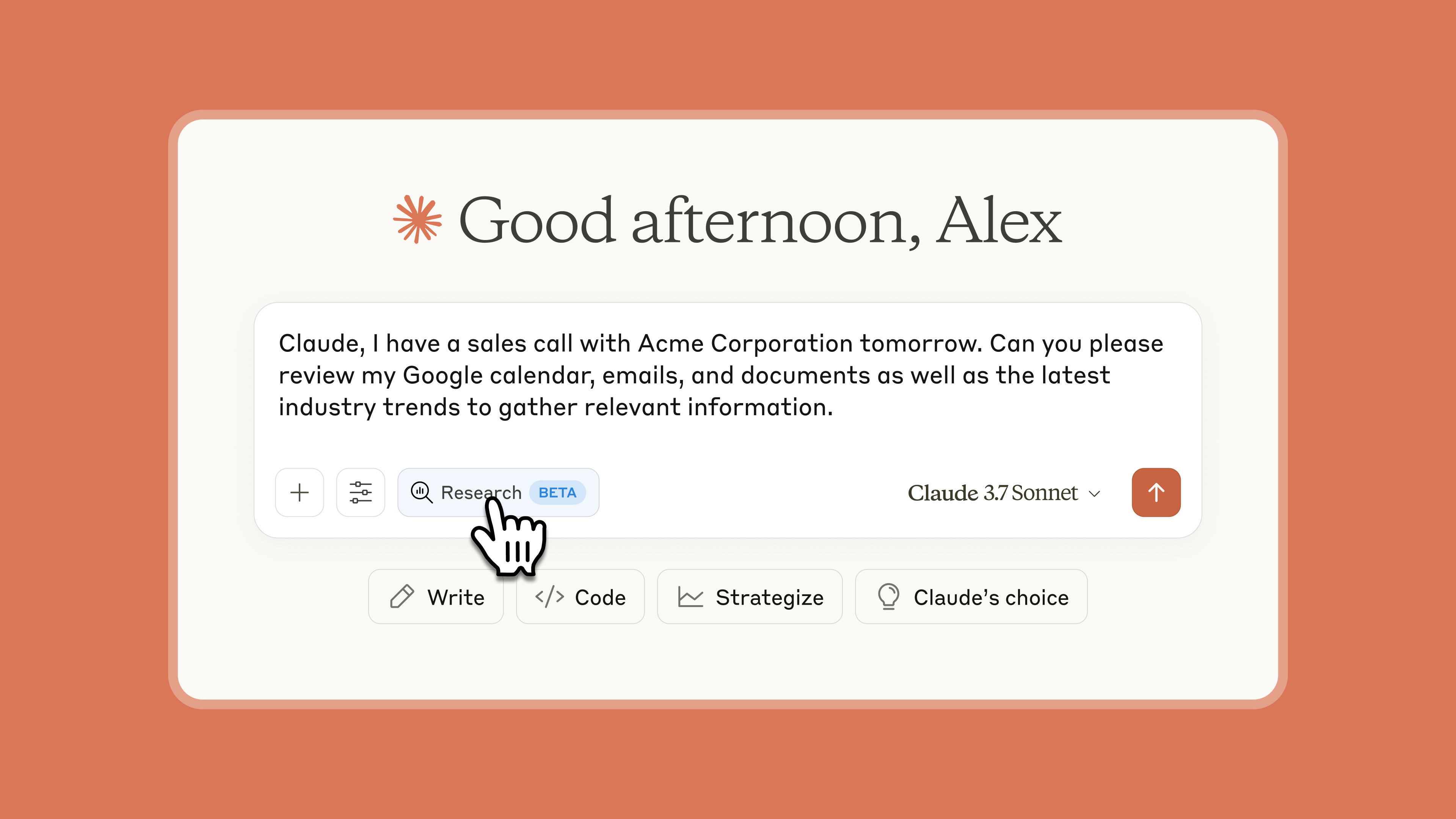
What makes Claude 3 really stand out is how human it comes across in conversation.
Another chatbot that is quietly crushing it, is Claude. With a new voice feature, and even faster models Sonnet 4 and Opus 4, the chatbot is one you can't ignore.
The context window for Claude is also one of the largest of any AI chatbot with a default of about 200,000, rising to 1 million for certain use cases. This is particularly useful now Claude includes vision capabilities, able to easily analyze images, photos and graphs.
The biggest issue with Claude is its relatively low rate limits. If you are a heavy user you'll very quickly hit the 'no more messages' warning with no way to increase the number of messages. You will have to switch to Opus or the tiny Haiku model until the message limit resets in 3-5 hours.
Claude has no image generation capabilities although it is particularly good at providing prompts you can paste into an image generator such as Midjourney. It is also better at coding than some of the other models.
One of the biggest selling points for Claude though is the additional features. When Sonnet 3.5 launched we saw the arrival of Artifacts, a tool that lets you run code in the browser or even save content created by Claude for use elsewhere. Further to this, Claude now also has a project library feature for shared work and ideas.
Alongside Sonnet 3.5, Anthropic introduced Claude 3.5 Haiku. On many evaluations, this model matches the performance of the prior largest model, Claude 3 Opus, while operating at a similar speed to the previous generation of Haiku. This model is well-suited for user-facing products, specialized sub-agent tasks, and generating personalized experiences from large volumes of data.
The release of desktop applications for Windows and macOS, and the addition of dictation support, allow users to engage with Claude directly from their computers, eliminating the need to switch between devices. This integration facilitates seamless multitasking, enabling users to incorporate Claude's functionalities into various applications such as documents, spreadsheets, and presentations without relying solely on the web interface.
Anthropic has also introduced the Analysis Tool within Claude.ai, enabling Claude to write and execute JavaScript code. This feature allows Claude to process data, conduct analyses, and produce real-time insights directly within the platform. Users can upload data files, such as CSVs, and Claude can perform tasks like data cleaning, exploration, and analysis, providing precise and reproducible results.
Claude has expanded its accessibility by launching desktop applications for Windows and Mac. These applications offer the same functionalities as the web version, including the ability to ask questions, access previous chats, and view starred conversations. Additionally, voice dictation support was added to Claude's mobile apps, allowing users to input queries via voice.
These developments further underscore Claude's commitment to providing a more integrated and efficient user experience.
Pricing: Claude costs $20 a month for the Plus version with Opus. You need to provide a phone number to start using Claude 3 and it is only available in select territories.
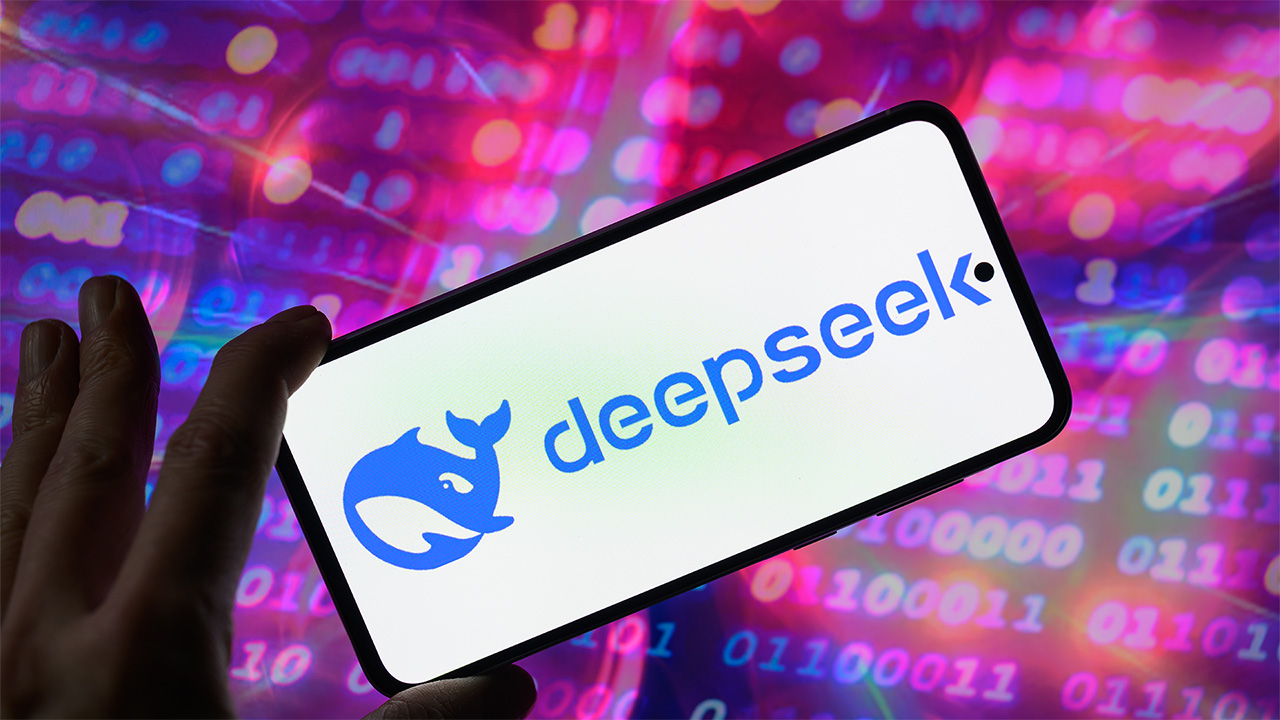
Best Honorable Mention: DeepSeek
DeepSeek is a fast-rising AI company based in China that’s making waves with its powerful, cost-effective language models. With its recent update, the unique chatbot has become even more competitive with its rivals.
Known for pushing the boundaries of reasoning, coding and creative tasks while undercutting competitors like OpenAI on cost—its V3 model was reportedly trained for just $6 million.
DeepSeek also offers image generation, an intuitive web interface and mobile apps, making it accessible to a wide range of users. While it's statistically less “safe” than other chatbots (meaning it's more prone to hallucinations or boundary-pushing responses), that’s exactly why it excels at creative tasks like crafting unique prompts.
That said, the company has raised privacy concerns in some countries due to its servers being based in China, and its chatbots tend to avoid sensitive political topics.
Still, for idea generation and out-of-the-box thinking, DeepSeek is one of the most compelling tools available today.
Pricing: DeepSeek can be used for free. The Pro Plan is $10 per month when billed monthly. The Premium Plan is $20 per month with potential discounts for annual commitments.
Best for Live Data: Google Gemini
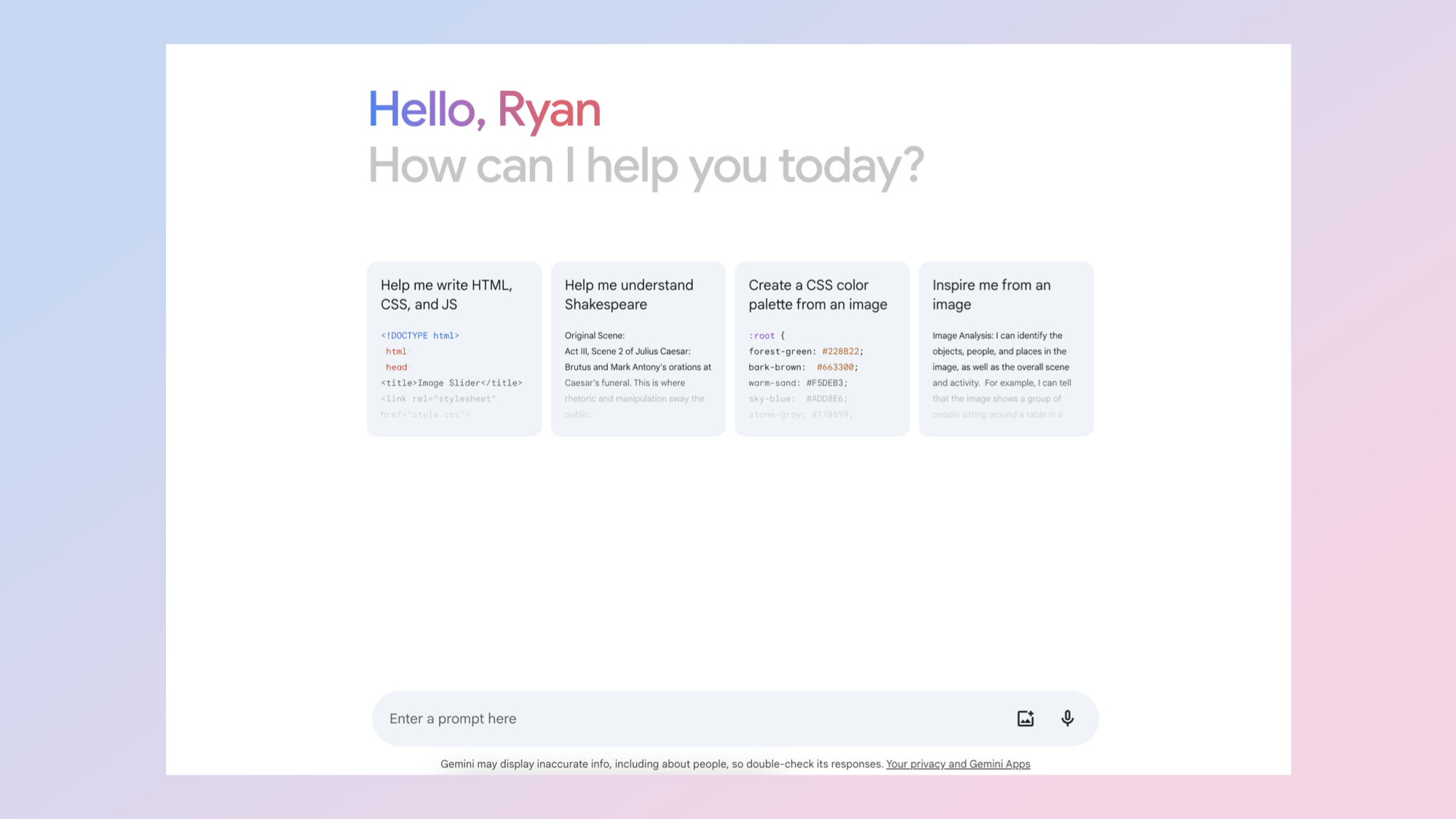
Google’s chatbot started life as Bard but was given a new name — and a much bigger brain — when the search giant released the Gemini family of large language models. It is a good all-around chatbot with a friendly turn of phrase.
However, it is also one of the most cautious and tightly moderated. For example, it'll flat-out refuse to discuss certain topics, won't create images or even prompts for images of living people, and stop responding if it doesn't like the conversation.
It is getting better though. Google unveiled Gemini 2.0, marking a substantial advancement in its AI capabilities. This update introduced features such as multimodal Live API, which enables real-time audio and video interactions, allowing Gemini to process and respond to various data types simultaneously. The ability to comprehend and interact with spatial information was also enhanced when Gemini 2.0 was introduced.
Google enhanced its Android OS and Pixel devices with new AI-powered features, including:
Expressive captions: An extension of the Live Caption feature that delivers text for nearly any media on the phone, capturing non-speech elements like sighs and gasps using on-device AI.
Improved image descriptions: The Lookout app received enhancements using a more advanced language model, providing better descriptions for images.
Spotify extension for Gemini: Allowing users to interact with Spotify through the Gemini chatbot, facilitating music discovery and playback.
Enhanced document scanning: Google Drive on Android now offers improved document scanning capabilities.
Quick share with QR codes: Simplifying the sharing process by generating QR codes for easy content transfer.
Personalized interactions: "Saved info with Gemini" feature enables more personalized user interactions.
Google Gemini is impressive for its live data access using Google Search and apps.
Like ChatGPT, Google Gemini has its own image generation capabilities. This new model allows Gemini to generate images and convert text to speech with adjustable parameters. We are seeing enhanced ability to perform tasks autonomously, as well as functionalities like Google Search within Gemini. It uses the impressive Imagen 3 model and can create compelling, photorealistic images. You can only create pictures of people (as long as they don't exist) with a Gemini Advanced subscription.
Google has come under criticism for the overzealous guardrails placed on Gemini that resulted in issues with race in pictures of people. The response was to just stop it making images of people — that still hasn't been lifted.
What Google does have, although it doesn't work as well as ChatGPT for this purpose, is live access to Google Search results. This means you can get specific information not in the training data and citations to the source of the content.
This works best when connected to Google products. Gemini has tight, opt-in, integration with Maps, Gmail, Docs and other Google products.
Google has recently made Gemini's most advanced features free for users. In addition, Google has introduced Gemini Canvas, an interactive workspace for refining documents and code, and Audio Overview, a feature that transforms everything from single files to Deep Research reports into podcast-style discussions..
Both free and paid tiers have access to Gemini 2.5. The paid-for version uses the more powerful Gemini Pro 1.5 and Gemini 2.0. It previously used Gemini Ultra 1.0 but Pro 1.5 outperforms the bigger model on benchmarks. I suspect when Ultra 1.5 launches it will be included with Gemini Advanced.
It also includes access to Gemini live, Google's answer to ChatGPT Advanced Voice which lets you have a voice conversation with the AI. It works surprisingly well with a wide range of voices and styles.
Pricing: Gemini Advanced is the paid for version and is available for $19.99 bundled with the Gemini One subscription service. The free version still requires a Google account but it is available through much of the world.
Most Creative: Microsoft Copilot
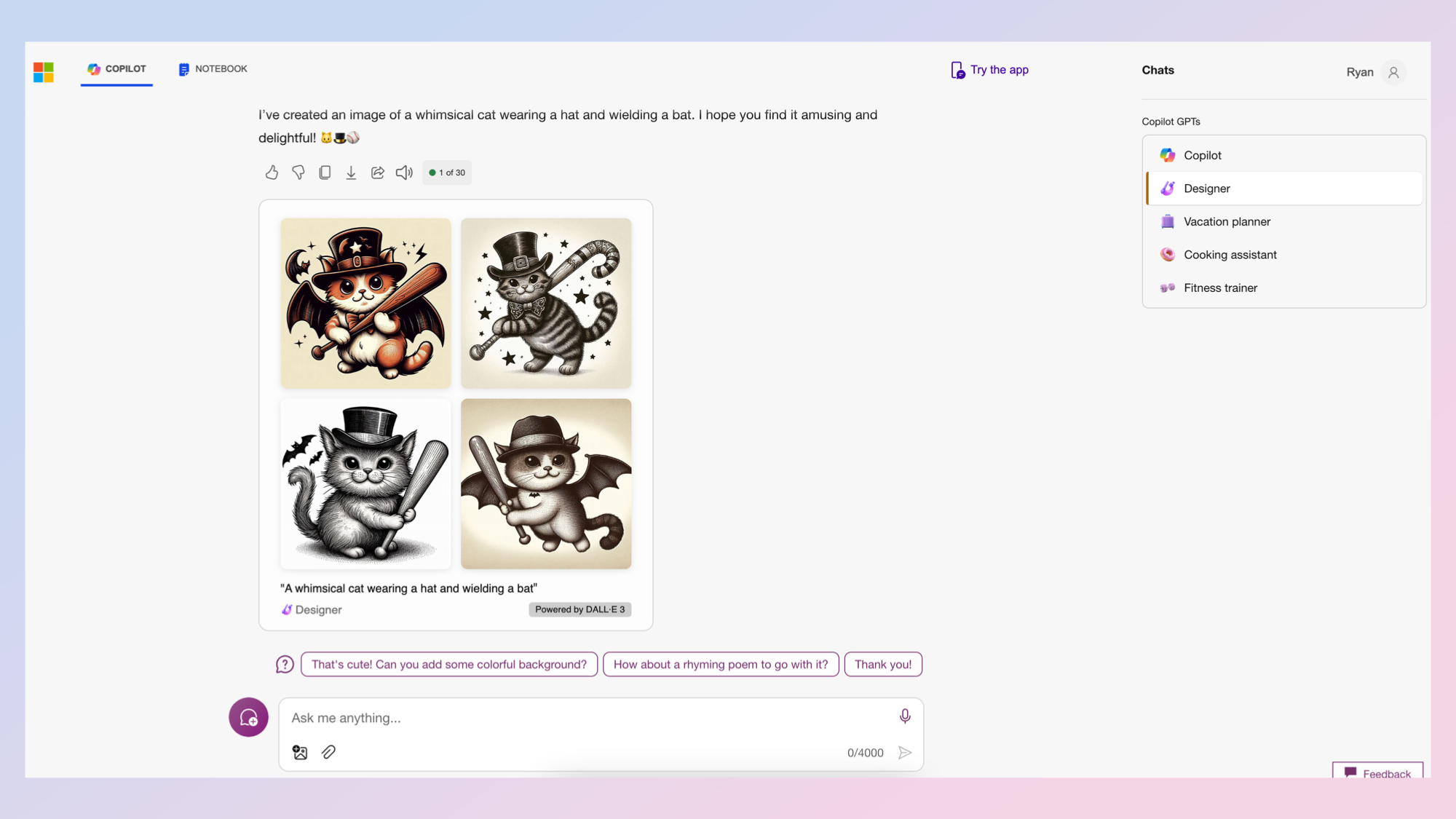
Microsoft Copilot has had more names and iterations than Apple has current iPhone models — well not exactly but you get the point.
The latest update includes GPT-4o, the most powerful natively multimodal model from OpenAI. This brings with it improved reasoning and understanding, as well as better AI vision capabilities. It also has a new look and voice mode.
With the major redesign published in October, Microsoft made it more like Pi than ChatGPT, surfacing content more easily and a new focus on its voice mode.
Microsoft Copilot includes a range of impressive add-ons and access to 365 apps
It was first launched in a couple of versions as Bing Chat, Microsoft Edge AI chat, Bing with ChatGPT and finally Copilot. Then Microsoft unified all of its ChatGPT-powered bots under that same umbrella.
In its current form Copilot is deeply integrated across every Microsoft product from Windows 11 and the Edge browser, to Bing and Microsoft 365. Copilot is also in enterprise tools. While it is powered by OpenAI’s GPT-4o, Copilot is still very much a Microsoft product.
Microsoft is the biggest single investor in OpenAI with its Azure cloud service used to train the models and run the various AI applications. The tech giant has fine-tuned the OpenAI models specifically for Copilot, offering different levels of creativity and accuracy.
Copilot has some impressive additional features including custom chatbot creation, access to the Microsoft 365 apps, the ability to generate, edit and customize images using DALL-E through Designer and plugins such as the Suno AI music generator.
Microsoft Copilot Vision, an AI tool that allows Copilot to see what users are viewing in their internet browser, aids in navigation and information retrieval by scanning webpages and providing relevant answers, creating a more interactive and personalized web browsing experience.
The AI's voice mode is built on top of OpenAI's Advanced Voice and unlike the ChatGPT product, Copilot Voice is available for free and I found it more conversational.
Just this year, Microsoft announced the inclusion of AI-powered features into Microsoft 365 Personal and Family subscriptions for an additional $3 per month, compared to the previous $20 monthly fee for the Copilot Pro subscription. Existing subscribers can opt out of these AI features to avoid the price increase. This integration follows months of testing and is now available globally.
These updates demonstrate Microsoft's ongoing efforts to integrate AI capabilities across its product ecosystem, enhancing user experience and productivity.
Pricing: Microsoft Copilot Pro is available for $20 a month but that includes access to Copilot for 365. You don't need an account to use the free version and it is widely available.
Best for Research: Perplexity
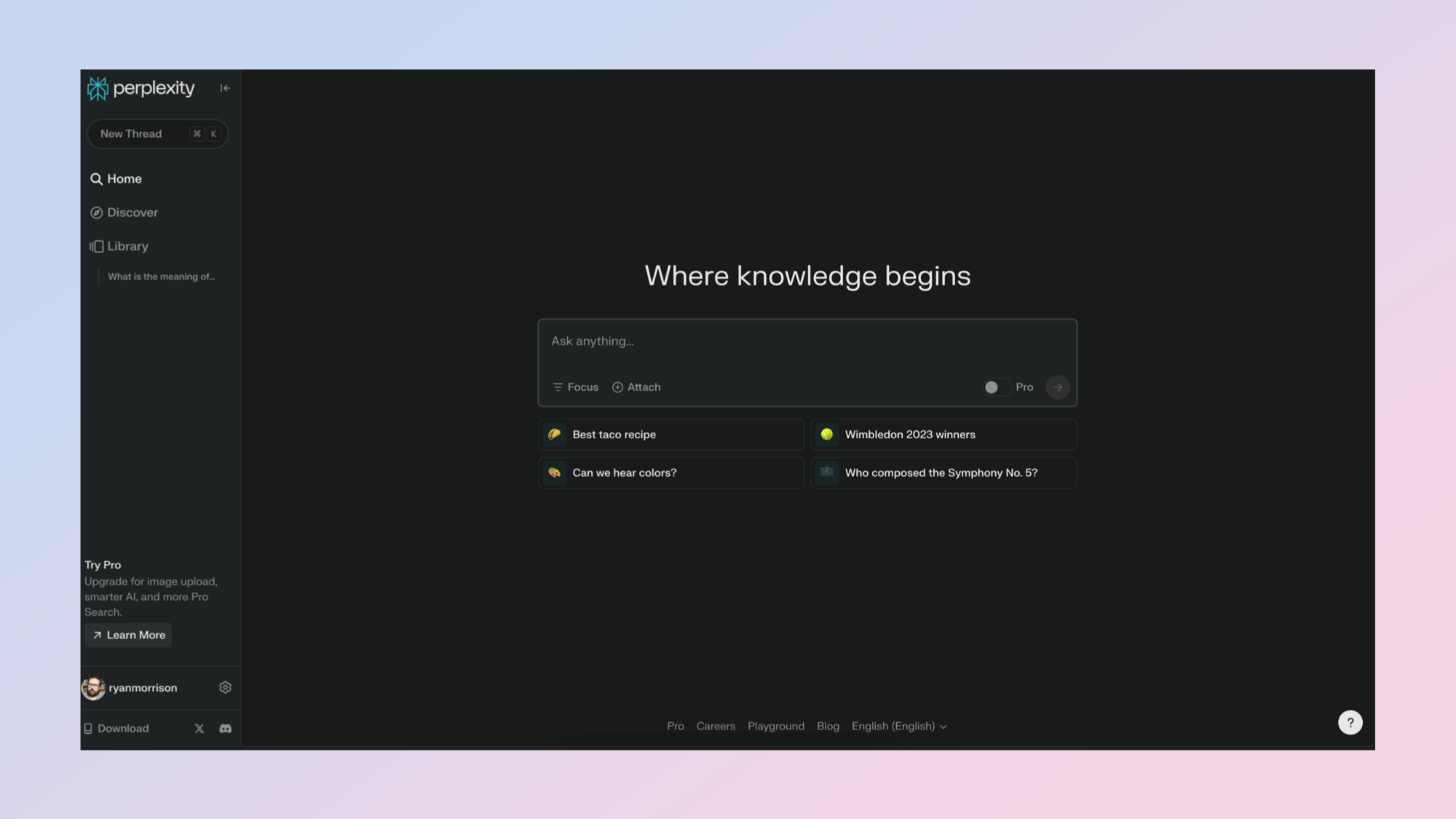
While Perplexity is marketed more as an alternative to Google than an AI chatbot, it let syou ask questions, follow-ups and responds conversationally. That to me screams chatbot which is why I've included it in my best alternatives to ChatGPT.
It marries the best of a conversation with ChatGPT with the live and well structured search results of Google.
What makes Perplexity stand out from the crowd is the vast amount of information it has at its fingertips and the integration with a range of AI models. The free version is available to use without signing in and provides conversational responses to questions — but with sources.
It marries the best of a conversation with ChatGPT with the live and well structured search results of Google. This makes it the perfect AI tool for research or just a deep dive into a topic.
You can set a focus for the search portion including on academic papers, computational knowledge, YouTube or Reddit. You can also disable web search and just use it like ChatGPT.
Perplexity also now has a Pages feature that lets you collate your searching into a single, shareable webpage.
Perplexity launched a shopping hub to enhance user experience in product searches. Supported by Amazon and Nvidia, this feature presents product cards displaying relevant items in response to shopping-related queries, aiming to streamline the shopping process for users.
Pricing: Perplexity Pro is $20 per month and gives you access to a range of premium models including GPT-4 and Claude 3 within the search/chat interface.
Most personal: Inflection Pi
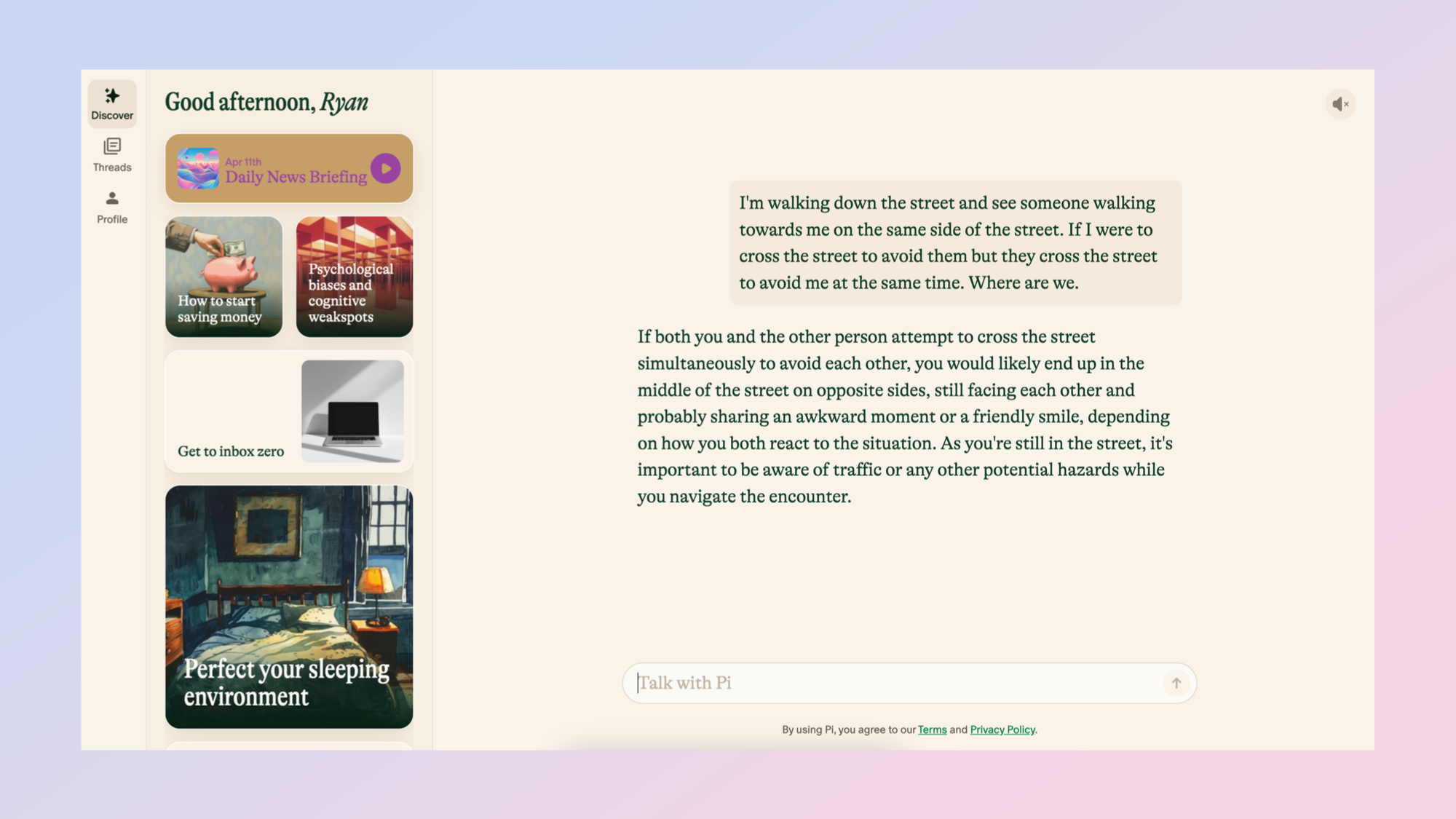
Pi from Inflection AI is my favorite large language model to talk to. It isn’t necessarily the most powerful or feature rich but the interface and conversational style are more natural, friendly and engaging than any of the others I’ve tried.
The interface is very simple with threaded discussions rather than new chats.
Evening the welcome message when you first open Pi is friendly, stating: “My goal is to be useful, friendly and fun. Ask me for advice, for answers, or let’s talk about whatever’s on your mind.” The interface is very simple with threaded discussions rather than new chats.
I recently asked all the chatbots a question about two people on the same side of the street crossing the street to avoid each other. Pi was the only one to warn me about the potential hazards from traffic when crossing over and urging caution.
Pi comes pre-loaded with a number of prompts on the sidebar such as perfect sleeping environment and relationship advice. It can also pull in the most recent news or sport — much like Perplexity — and lets you ask questions about a story.
Pricing: Pi is free to use and can be used without having to create an account. It also has a voice feature for reading messages out loud.
Best for Social: Meta
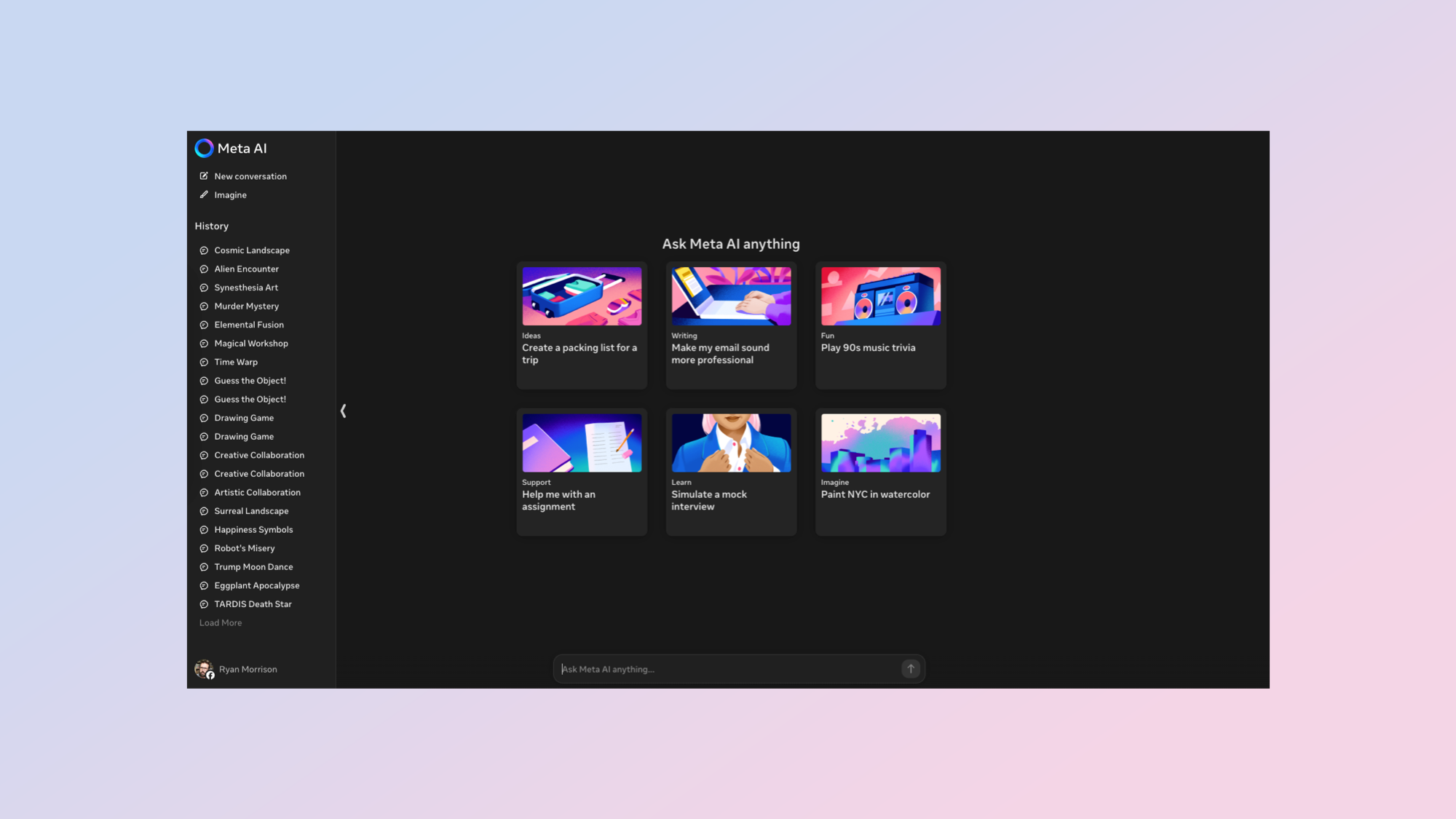
With nearly 600 million users, Meta AI is integrated into Facebook, Instagram and WhatsApp, and has recently launched as a standalone app. It’s designed to be fast, helpful and closely tied to Meta’s broader ecosystem, offering users a more accessible entry point into generative AI.
The chatbot answers questions, generates images and provides smart recommendations through both text and voice interactions. It's deeply integrated into Meta's hardware too - from Ray-Ban smart glasses to Quest VR headsets - offering real-time assistance wherever you go.
While the underlying Llama models (like Llama 4) are available under a community license, Meta maintains careful controls to ensure responsible AI development and deployment.
What sets Meta AI apart is its social platform integration and unique creative capabilities - users can generate up to 100 images daily (including animations) and access celebrity voice options like Dame Judi Dench.
The AI extends beyond software into Meta's hardware ecosystem, offering voice/image functionality through Ray-Ban smart glasses and Quest VR headsets for real-time assistance.
While still trailing industry leaders like Gemini and ChatGPT in some areas, Meta AI's strategic advantages.
Powered by a customized version of Llama 4 specifically designed for Meta products, MetaAI is a new standalone chatbot from the social media giant.
Most fun: xAI Grok
Accessed through the X sidebar or via its own standalone app for iOS, Grok is Elon Musk’s take on the AI chatbot, blending real-time internet search, image generation and conversational flair into one ambitious tool. While Grok originally launched as a ChatGPT-style assistant, it now powers the expanded Explore tab on X, offering quick summaries of trending topics and top stories to keep users engaged.
With the release of Grok 4, the chatbot now includes multimodal capabilities like image generation (powered by xAI’s Flux and Aurora models), coding help, PDF analysis, and a “deep research” mode for web-augmented results, available to Pro subscribers. You can upload an image for interpretation, drop in a PDF to get answers, or ask complex, real-time questions that require web access.
Grok also stands apart from competitors for its open philosophy (and controversy). Unlike OpenAI, xAI has released the first version of the Grok model for public download, training, and fine-tuning on local hardware; a nod to transparency and experimentation. And while Grok may not always follow the same safety rails as its competitors, that’s by design. Musk has emphasized “free speech” as a core tenet, leading to looser content moderation compared to other chatbots.
In practice, Grok can be surprisingly perceptive. When I asked several AIs whether someone might cross the street to avoid another person, Grok was the only one to acknowledge potential social tension. That subtle difference speaks to its raw, slightly unfiltered edge.
Now available beyond just the X platform, Grok continues to evolve into a full-featured assistant with real-time awareness, generative capabilities, and a voice that’s distinctly its own.
—
Pricing: Grok is now available and free for all X users. Grok Pro is $40 per month.
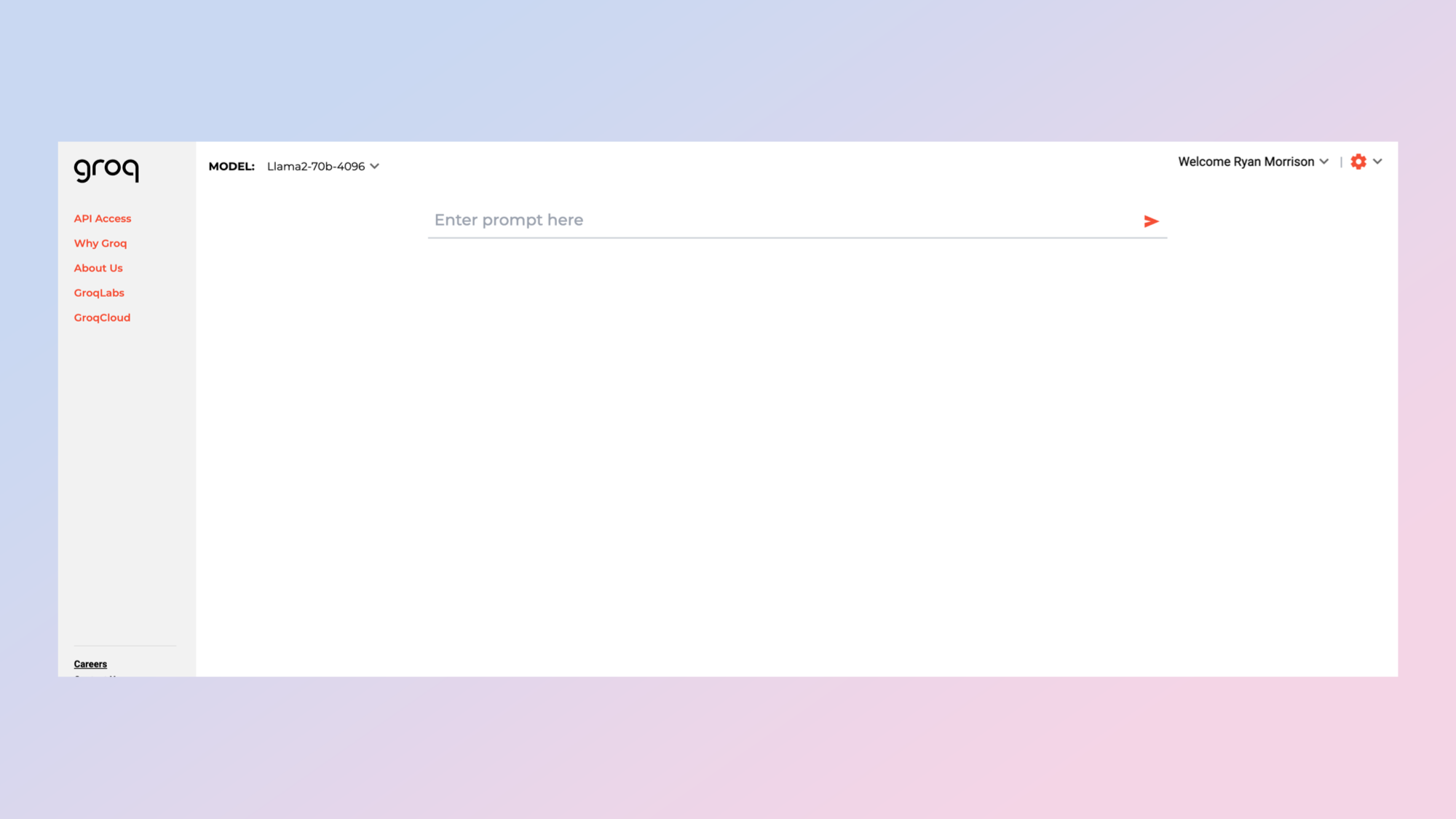
Best for open source: Llama 3.2
Meta’s Llama models have quickly become some of the most widely adopted open-source large language models in the world, and they’re evolving fast. The launch of Llama 3.1 in July introduced three major variants: 8B, 70B, and a powerful 405B “frontier-scale” version.
This was followed by Llama 3.2 in September, which debuted 11B and 90B multimodal models capable of analyzing images; a key step toward making Llama models truly multimodal.
Now, Meta has released Llama 3.3, a 70-billion-parameter model that matches the performance of its 405B predecessor with greater efficiency and faster inference speeds. According to Meta, the Llama ecosystem has now surpassed 650 million downloads, making it the most adopted AI model globally. The Llama family powers everything from Meta AI (the company’s virtual assistant) to integrations with Ray-Ban Meta smart glasses, Instagram, WhatsApp, and the standalone Meta AI app.
Meta CEO Mark Zuckerberg says the company’s long-term vision is to make Meta AI “the best AI assistant in the world,” and they’re investing heavily to get there. Llama 4 is currently in development and is expected to require 10x more training resources than Llama 3, pushing Meta into true frontier model territory.
One reason for Llama’s popularity is its openness. Unlike proprietary models from OpenAI or Google, Llama is open-source; allowing developers, researchers, and startups to fine-tune and deploy their own versions. That freedom has led to a vibrant ecosystem of customized Llama variants, many of which prioritize speed, lower memory usage, or unique use cases like coding or tutoring.
In terms of usability, Llama 3.1 and above represent a major leap over earlier versions. Response refusals are less frequent, safety guardrails are more balanced, and the chatbot experience; whether through Meta’s version or community-built forks is smooth, playful, and surprisingly helpful.
With the release of Llama 3.3 and the looming arrival of Llama 4, Meta’s AI ambitions are clearly accelerating — and the open-source world is keeping pace.
Pricing: Llama 3 is completely free, available through MetaAI in WhatsApp, to install locally or through a third-party service such as Groq, Perplexity or Poe.
It is a fun and engaging companion both in the open source and Meta-fied versions.
You can already access versions of the AI model in each of those tools — but they'll likely come together soon.
More choice: Poe
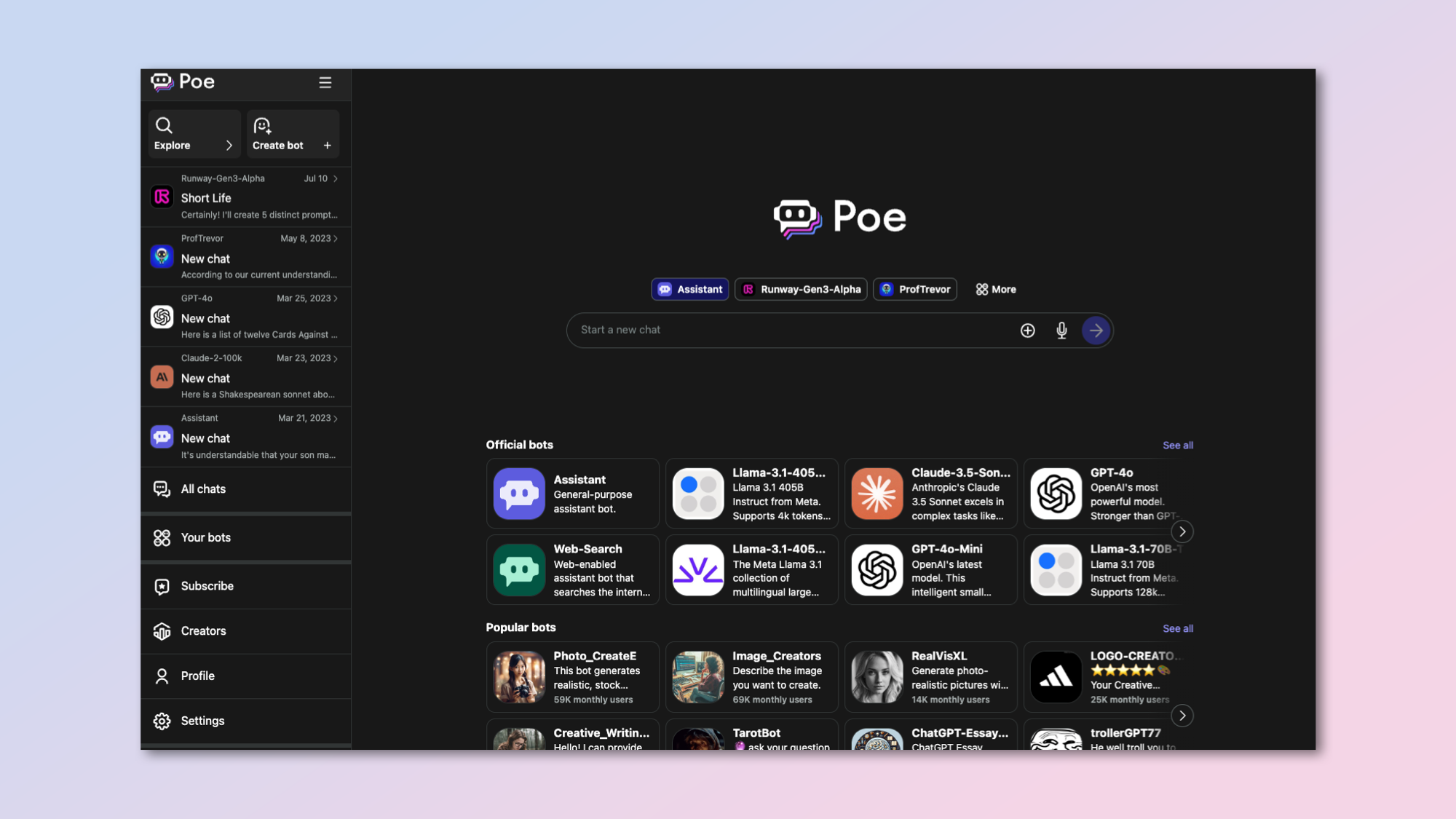
Poe is different to most of the other chatbots we've included in that it isn't its own model, rather a collection of every model so you can see how they compare.
Some are completely free, others come with a 'compute' cost including the new Llama 3.1 405b frontier model. As well as a choice of open-source options you can access models from Anthropic, OpenAI and Google all from the same site.
Poe also has a selection of community-created pots and custom models designed to help you craft the perfect prompt for tools like Midjourney and Runway.
One of its most recent updates saw the inclusion of image tools like Stable Diffusion and video generators like Runway. Poe even lets you create your own bot.
Pricing: Poe has plenty of free options and a relatively generous monthly allowance for using the more advanced models. The base plan is $20 a month with access to advanced models from OpenAI, Anthropic and others.
More from Tom's Guide
- I tried 100+ ChatGPT prompts — this is the secret to getting the best results
- I tested 5 fake ChatGPT sites — here’s the risk most people miss
- I tried 100+ ChatGPT prompts — this is the secret to getting the best results
Get instant access to breaking news, the hottest reviews, great deals and helpful tips.

Amanda Caswell is an award-winning journalist, bestselling YA author, and one of today’s leading voices in AI and technology. A celebrated contributor to various news outlets, her sharp insights and relatable storytelling have earned her a loyal readership. Amanda’s work has been recognized with prestigious honors, including outstanding contribution to media.
Known for her ability to bring clarity to even the most complex topics, Amanda seamlessly blends innovation and creativity, inspiring readers to embrace the power of AI and emerging technologies. As a certified prompt engineer, she continues to push the boundaries of how humans and AI can work together.
Beyond her journalism career, Amanda is a long-distance runner and mom of three. She lives in New Jersey.









